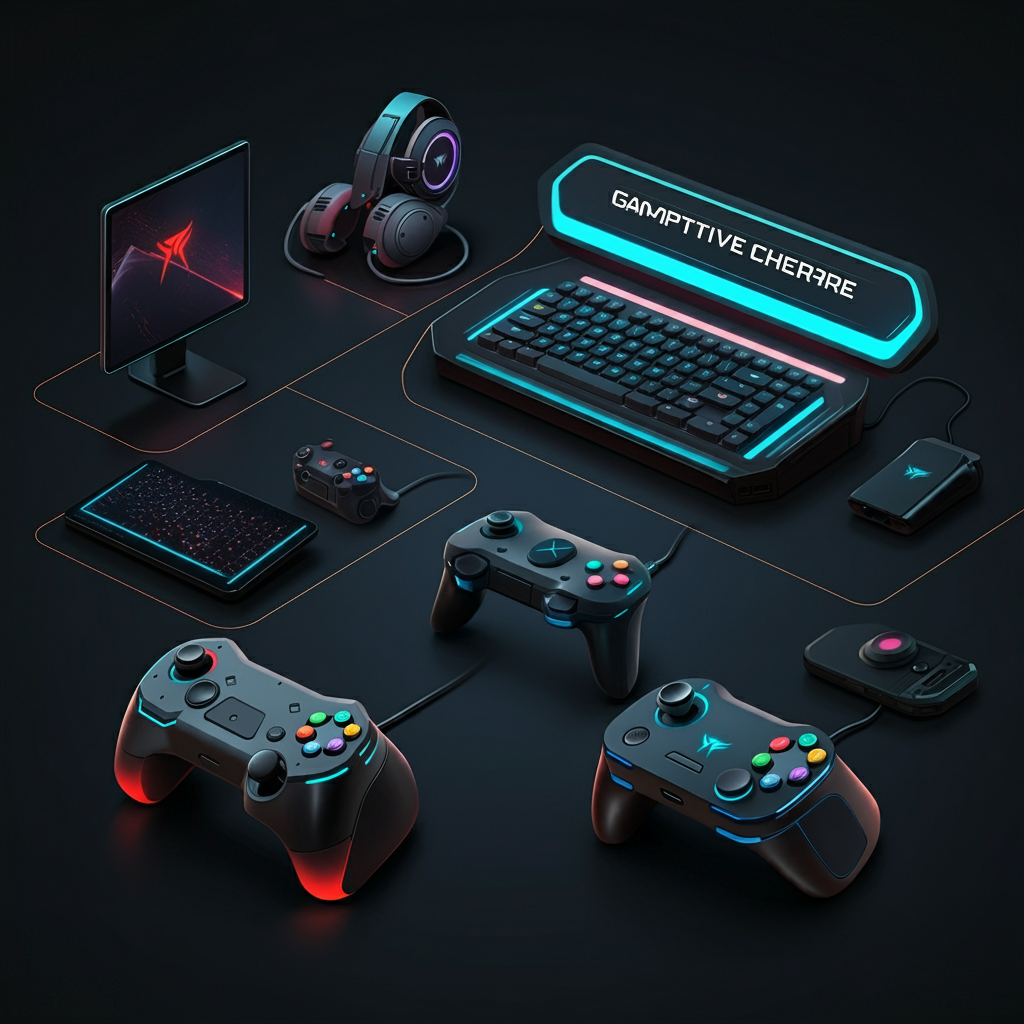Virtual reality (VR) has significantly influenced the evolution of competitive gaming hardware, driving advancements that enhance the gaming experience and performance. As VR technology advances, it introduces new requirements and innovations in hardware design, pushing the boundaries of what is possible in competitive gaming.
The impact of VR on competitive gaming hardware begins with the development of specialized VR headsets. Unlike traditional gaming setups, VR headsets need to provide high-resolution displays, wide field-of-view, and low latency to create an immersive experience. These requirements have led to advancements in display technology, including higher refresh rates and improved optics, which reduce motion blur and enhance visual clarity. The evolution of VR headsets has also focused on improving comfort and ergonomics, ensuring that players can engage in extended gaming sessions without physical strain.
In addition to headsets, VR gaming necessitates the development of advanced motion tracking systems. Accurate tracking of player movements is crucial for maintaining immersion and ensuring precise control within virtual environments. This has led to innovations in sensor technology, such as improved tracking cameras and motion controllers. These devices enable players to interact with VR games more naturally, using gestures and movements that are accurately reflected in the virtual world. Enhanced motion tracking contributes to a more responsive and engaging gameplay experience, which is essential for competitive gaming.
The integration of VR also impacts the development of gaming peripherals and accessories. Traditional gaming peripherals, such as keyboards and mice, are being adapted for VR environments. For example, VR-compatible controllers and haptic feedback devices are designed to provide tactile responses and enhance interaction within virtual spaces. These advancements in peripherals contribute to a more immersive and interactive gaming experience, allowing players to engage with games in ways that traditional hardware cannot accommodate.
Another significant influence of VR on gaming hardware is the need for more powerful computing systems. VR gaming requires high-performance processors and graphics cards to handle the demanding rendering of immersive 3D environments. This has driven advancements in PC hardware, including more powerful GPUs and CPUs that can deliver the performance required for smooth and responsive VR experiences. The demand for high-end computing power also influences the development of gaming consoles and other hardware platforms that aim to support VR gaming effectively.
The evolution of VR gaming hardware also extends to the design of physical play spaces. VR systems often require dedicated play areas with sufficient room for players to move around freely. This has led to innovations in space management and room-scale VR setups, allowing players to customize their gaming environments to suit their needs. The design of these play spaces impacts the overall gaming experience, influencing how players interact with games and the effectiveness of VR immersion.
As VR technology continues to evolve, it is likely to drive further advancements in competitive gaming hardware. Future innovations may include even more advanced headsets with improved visual fidelity, enhanced motion tracking systems, and new types of gaming peripherals that offer novel ways to interact with virtual environments. The ongoing development of VR hardware will continue to shape the competitive gaming landscape, providing players with new tools and technologies to enhance their gaming experience and performance.
In summary, the influence of VR on competitive gaming hardware is profound and multifaceted. From advancements in headsets and motion tracking systems to innovations in gaming peripherals and computing power, VR is driving the evolution of hardware that enhances immersion and performance. As VR technology progresses, it will undoubtedly continue to impact the development of competitive gaming hardware, shaping the future of the gaming experience.

